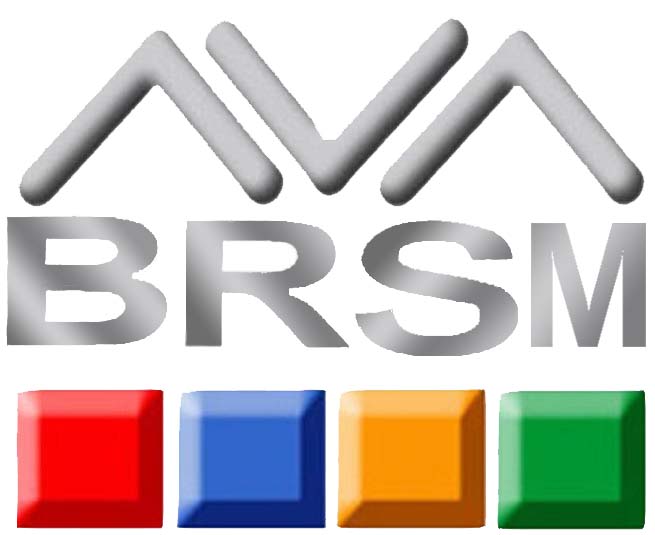This ISO originally provides a company with a framework resulting in the reduction of their environmental impacts.it assesses the impacts of activities on the environment. In fact, it establishes a range of criteria for an environmental management system. Based on these criteria, a company or organization can introduce an effective environmental management system. This ISO can be followed by any organization irrespective its activities or sector.
Using ISO 14001 would have some obvious plus points due to providing assurance to company management and employees as well as external stakeholders that environmental impact is being measured and improved.
Adopting this ISO associated with some further merits. Through ISO 14001, organizations can reap a number of economic benefits including higher conformance with legislative and regulatory requirements. By minimizing the risk of regulatory and environmental liability fines and improving an organization’s efficiency benefits can include a reduction in waste, consumption of resources, and operating costs. Secondly, as an internationally recognized standard, businesses operating in multiple locations across the globe can leverage their conformance to ISO 14001, eliminating the need for multiple registrations or certifications. There has been a push in the last decade by consumers for companies to adopt better internal controls, making the incorporation of ISO 14001 a smart approach for the long-term viability of businesses. This can provide them with a competitive advantage against companies that do not adopt the standard.
